When Gridserve opened its first Electric Forecourt in Braintree three years ago, CEO Toddington Harper described it as a major breakthrough for the public electric vehicle charging infrastructure.
The facility provided an update on the traditional petrol station model, providing multiple high-power chargers with a purpose-built facility where drivers could shop, relax or work while their vehicle charged.
Since then, the company’s network has expanded rapidly as it works towards its aim of making the transition to EVs as easy as possible.
“December is always a really interesting month for us because we turned on the first charger at the first site we opened – Braintree Electric Forecourt – in December 2020,” says Harper.
“And in three years we have, I would say, pretty much completely transformed charging across the motorway network, as well as built multiple electric forecourts, solar farms and call centres.
“Last month we charged more than 180,000 vehicles, all with new chargers, mostly across the motorway network.
“We’ve got a good rating on Trustpilot, we’ve got a really fantastic call centre, on-site availability is at the 99% level that the Government guidelines ask for, Gridserve chargers are known as chargers that are reliable, and all chargers are contactless payment, which is what people needed.”
In June 2021 Gridserve, which was named EV charge point operator of the year at this year’s Fleet News awards, acquired the-then largest charging network from Ecotricity, invested millions of pounds to upgrade the newly-named Gridserve Electric Highway network with new charging technology, contactless payment and real-time mapping as well as reducing pre-authorisation fees.
It opened its second Electric Forecourt – in Norwich – in 2022, and last year opened more than 100 high-power chargers across a new network of hubs.
Gridserve’s rapid expansion has continued this year as well. Its infrastructure cover 85% of the UK’s motorway network, includes more than 300 high-power 350kW or faster chargers across its network - around 200 of which have been installed this year – with another 40 sites under construction.
The company categorises its charging sites as either Electric Forecourts, Electric Super Hubs, Electric Hubs or Destination Hubs.
Electric Super Hubs are sites with a number of high-power chargers, Electric Hubs are medium-power EV chargers and cover more than 80% of the UK’s motorway service areas, while Destination Hubs deliver a mixture of low-, medium- and high-power EV chargers at places people visit.
A third Electric Forecourt is due to open in Gatwick this month. Originally Gridserve had planned to build more than 100 Electric Forecourts in the five years following the opening of its Braintree site, but its strategy has evolved.
“Although we love Electric Forecourts, we’re very much focused more on Electric Super Hubs at the moment,” says Harper.
“That’s because we’re trying to really give is people the confidence to make the transition to EVs and when they do to make it incredibly easy.
“Forecourts take a lot more time and expense to build, whereas we can build Electric Superhubs very quickly, particularly on the motorway network and that really does give people that confidence to switch.
“We want to keep reinforcing the sites that we are already at, particularly across the motorway network, we want to keep building new Electric Forecourts and we want to keep delivering new solar projects which are physically connected to the infrastructure we are building.”
Solar projects connected to charging sites help Gridserve address one of the biggest challenges it is facing: the connection to the electricity grid.
“Years ago it was difficult to persuade anyone that charging infrastructure was worth financing, now no-one would even believe that,” says Harper.
“And then people would think ‘is that the right charger or not?’. We had a lot of problems with the technology itself, and actually enabling it to work.
“Now we have the funding, we have the tech and we have the demand. The pinch point now is grid capacity and connections because the grid wasn’t designed for what we need it for.
“Cables aren’t just sitting there with all the capacity you might want, so we have to put in new grid connections and that sometimes also involves upgrading the grid infrastructure as well.
“That can take a while because you have to get legal agreements in place as well as the technical upgrades, and I’d say that is pretty much the only thing that’s delaying us turning sites on quicker now.”
To work around this Gridserve has also adopted a number of innovative solutions as well as solar, such as battery storage solutions, to open sites on low voltage grid connections.
“We’ve actually even had a couple of sites running on vegetable oil and batteries, just to try a build a micro-grid and to see what we could learn from that,” says Harper.
“We learned that it’s too expensive so it doesn’t work from an economic perspective, but it does mean we could get chargers operating which would not otherwise be the case.”
From a fleet perspective, the Gridserve network is now on the Allstar One fuel card, while Harper says the company is also developing technology for organisations to use its chargers, including a new app which is being launched early next year.
“We just want to make it as easy as possible so that if somebody turns up in a fleet vehicle, they can plug the vehicle in, it can start charging, and all the billing happens where it needs to and the driver knows when the vehicle is going to be ready to go to the next destination,” he adds.
“Ideally, you have journey planning that helps the driver know where they need to charge rather than having to work it all out themselves.
“That’s what’s needed. And to do that, you have to have a smart connected system and you want to be able to integrate with the vehicles in that ecosystem as seamlessly as possible.”
Gridserve is also leading a Government-backed consortium in a project officially called Zero Emission HGV and Infrastructure Demonstrator programme, which is also known as Electric Freightway.
This comprises 33 partner and member companies as well as the utilisation of a 140-plus fleet of eHGVs to develop a bespoke network of EV charging infrastructure across motorway service areas, truck stops and commercial depots.
As part of the £100 million-plus initiative, which includes £62.7m of UK Government support and will run to 2030, Gridserve will install more than 200 high-power chargers across key motorway service areas and more than 10 commercial depot charging locations. Within this, it will deploy at least two 1mW high-power chargers.
“What we’re focusing on it how we can deliver really high-power charging, so that when a vehicle stops for 45 minutes, you can fill it up with enough energy for it to reach its next destination,” says Harper.
“That means you’re not having to carry a bigger battery than you need, which means you can transport the same amount of freight as you would otherwise be able to do.
“If you charge it up on low-cost solar energy, then it will be cheaper than diesel as well.”
Beyond the installation of dedicated eHGV chargers, Gridserve will also work on ways to optimise areas such as energy consumption and freight logistics efficiency with features like automatic charging and the reservation of charging bays.
Despite Gridserve’s growth and success, Harper says he and his company will not be resting on its laurels.
“We haven’t solved the climate crisis yet, so there’s no time for that,” he adds.
“Our industry needs to get back on the front foot and I say this because about nine months ago, EVs were pretty popular, the media was pretty positive about them and people were prioritising the need to transition, but it doesn't really feel like that at the moment.
“There's a lot of negativity coming out of the media and the best way to address that is to push back, to get people into electric cars and tell them how awesome EVs are.
“It's not just that we're removing anxiety, we need to make the transition incredibly easy.
“People say it needs to be as easy as petrol and diesel. How about easier? How about better? How about much more awesome?”



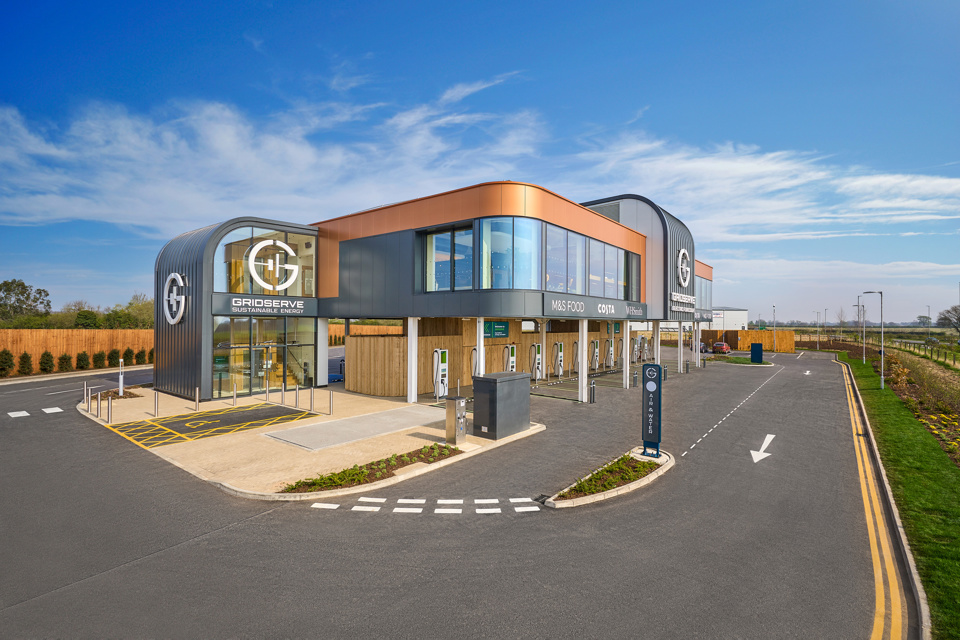






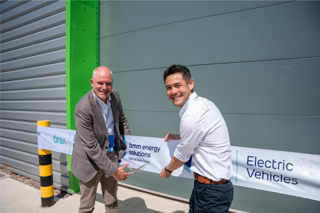
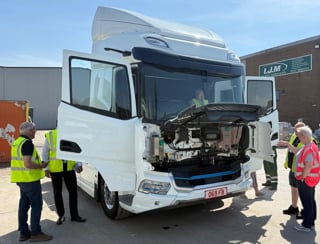
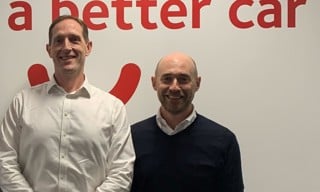



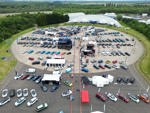





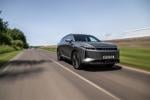


WilliamsM - 14/12/2023 10:23
I am just embarking on my EV journey having recently taken delivery of an electric vehicle. In 5 weeks I have downloaded 3 charging apps and have experienced problems trying to use 2 of these apps on the network. Simplicity is key - I just want to know I can turn up, plug in and charge. Over the festive period I have a long journey to make - beyond my EV's maximum range but I am determined to make the journey with plenty of stopping off points to potentially charge when needed, and contingencies in place. I have a few concerns but am determined to make it work.